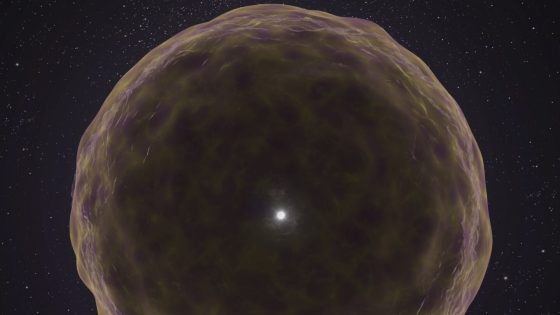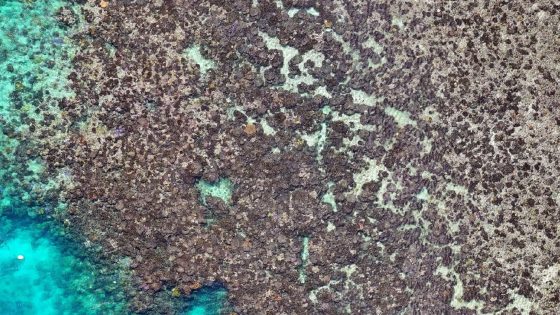Scientists have made a groundbreaking discovery by observing the insides of a dying star during its supernova explosion. This unprecedented glimpse into stellar evolution sheds light on how massive stars meet their end, confirming long-held theories about their layered structure.
- First observation of a dying star's insides
- Supernova 2021yfj located in Milky Way
- Outer layers of hydrogen and helium shed
- Dense layers of silicon and sulfur exposed
- Confirms structure of large stars' layers
- Future research may explain star's stripping
The supernova, named 2021yfj, is located in our Milky Way galaxy and offers a unique opportunity for researchers. Unlike previous observations that often left the inner structure obscured, this event revealed not only the star’s outer hydrogen and helium layers but also its dense inner layers of silicon and sulfur.
“We have never observed a star that was stripped to this amount,” said Steve Schulze from Northwestern University, part of the research team that published their findings on August 20, 2025, in the journal Nature. What does this mean for our understanding of stellar life cycles?
This discovery raises intriguing questions about the processes that lead to such extensive stripping of a star’s layers. Was it a violent expulsion during its final moments, or did a companion star play a role? Consider these points:
- The outer layers were stripped away, exposing the inner structure.
- This observation supports existing models of stellar evolution.
- Future research may explore the mechanisms behind this phenomenon.
As scientists continue to unravel the mysteries of stellar evolution, this discovery opens new avenues for research, inviting further exploration into the life and death of stars in our universe.
































